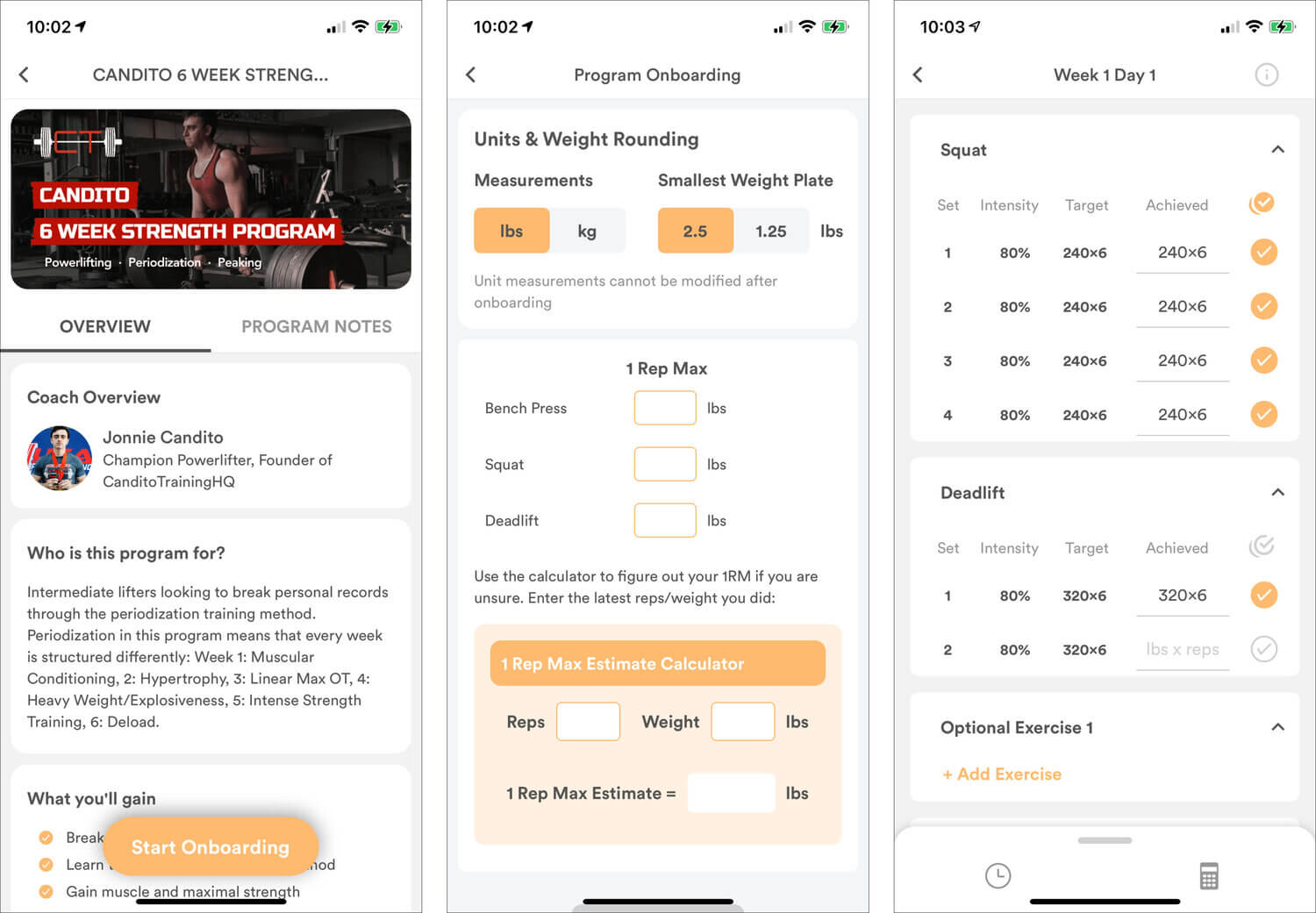Last but not least, let’s discuss your diet. Believe it or not, this issue is painfully simple despite what many “experts” say. All you have to do is this.
1. Track calories (eat more to gain weight, less to lose)
2. Track protein intake
3. Eat a high amount of protein relative to calories (I suggest eating a gram or more per pound of bodyweight)
The balance of carbs to fats is largely irrelevant. Personally I prefer high protein, high carbs, and low fat. I find that this is best for energy and performance in the gym. However, I have noticed that those who are a bit less active tend to gravitate towards fats. Everyone has a preference, but as long as the calories are on point, and the protein is sufficient, the rest will fall into place.
Now you don’t even have to go this far. I don’t track my calories. But that is also because I have a very good sense of how much I eat along with still checking the calories on the food (just not measuring). If you weigh yourself fairly frequently, you will be able to adjust simply by that measurement.
A couple extra suggestions with nutrition is to drink water frequently, eat high fiber content foods, and if you don’t track your protein, simply drink 3 whey protein shakes everyday. Spacing out your protein can be beneficial as some research coming out recently suggests that 4-6 meals is ideal to maximize protein synthesis. Dr. Layne Norton conducted those studies. Check him out if you want to know the inner workings of nutrition. I am simply here to tell you the bottom line of what works as far as nutrition goes.
The reason why I suggest eating so much protein is because there are no negative effects from very high protein diets in normal people. However, if you don’t eat enough, you will not be gaining the muscle mass you could. The extra protein your body can’t utilize to build muscle, will simply be used for energy or stored as fat depending on if you are in a caloric deficit or surplus.
Also, I want to give a quick word about the question of bulking or cutting. You don’t have to choose. It is a false dichotomy for most. Competing bodybuilders that get down to 3-4% body fat literally have to bulk/cut because that is unsustainable and unhealthy. However, if you are like most people, over 15% bodyfat, and don’t have a huge amount of muscle mass, then you simply need to focus on body recomposition. Which is gaining muscle while burning fat, and that is achieved by eating enough calories to stay at the same weight while lifting/eating plenty of protein. Your body fat % will drop without the scale changing.
If you are looking to get bigger, I suggest slowly eating more calories. You can't build more muscle than your body demands from protein synthesis caused by lifting heavy, so eating an extremely high calorie surplus will only result in more fat past a certain point. Say you can build 1 pound of lean muscle a month. Such limitations are always dependent on many factors, but let us say that this is what your genetics along with your training allow for. Now why try to gain 10 pounds in a month, as opposed to saturating your body with your protein while eating enough calories to simply gain 1-2 pounds. Doing this will allow you to gain all of the lean muscle you could, gain a pound or two of body weight, without an increase in body fat percentage.
Now some may say that a higher calorie surplus will raise the ceiling for lean muscle mass, but I have yet to see data suggesting excessive carbs/fats do anything to aid protein synthesis. Then again, there may come in some data later on. I am just telling you what I have done, and that you do not have to bulk/cut. Maybe it will work best for you. I am just sick of hearing people act as if it is utterly impossible to get strong, put on muscle, without putting on fat. I haven’t been over 10% bodyfat in years yet have managed to be 179lbs at 5’7”, 21 years old naturally. This may not sound very big to some, but to put on quality, lean muscle while being drug free is harder than most perceive. Much of that is due to the amount of steroids using lifters lying, claiming to be natural to make a quick buck. But that is an entirely different discussion.
The point is, if you are on this program, just make sure to get enough protein, and ideally be in a slight calorie surplus (gain muscle without fat). You can just be at maintenance (gain muscle and lose fat), but I would not suggest this program for someone who is in a calorie deficit (losing weight).
